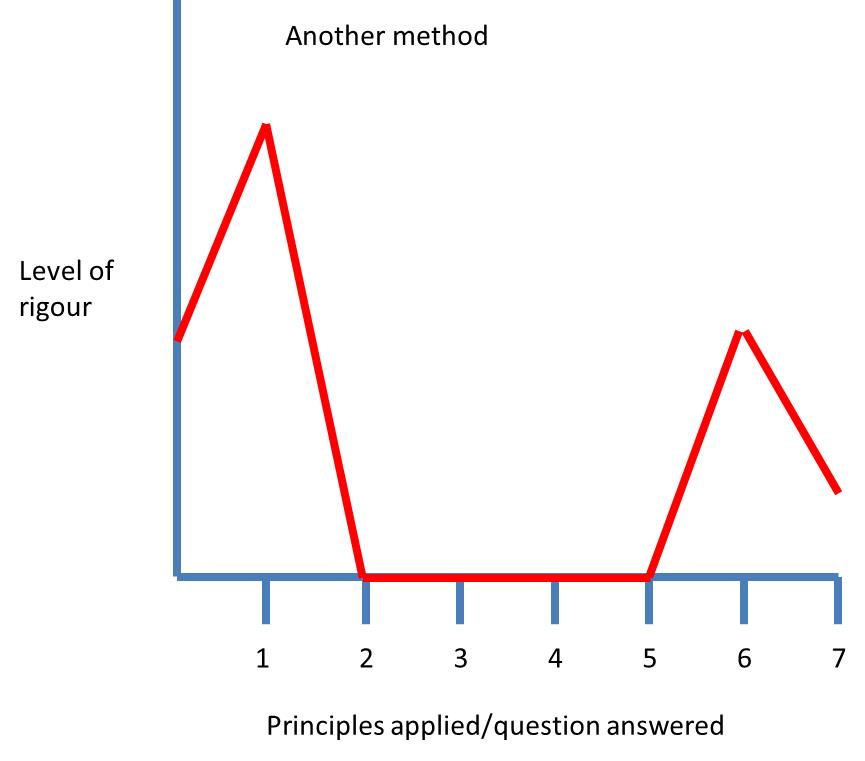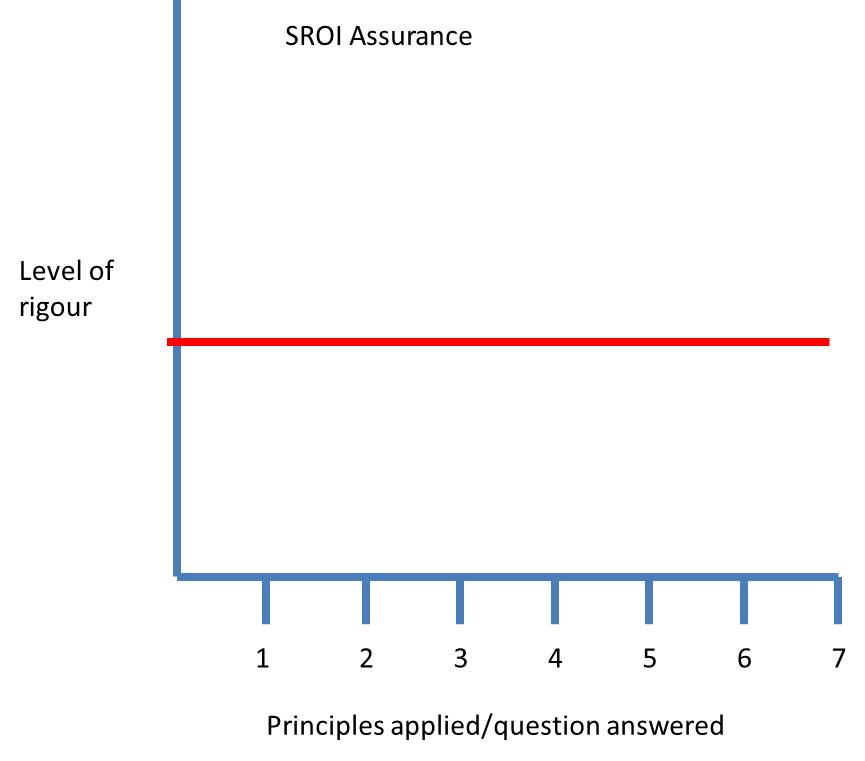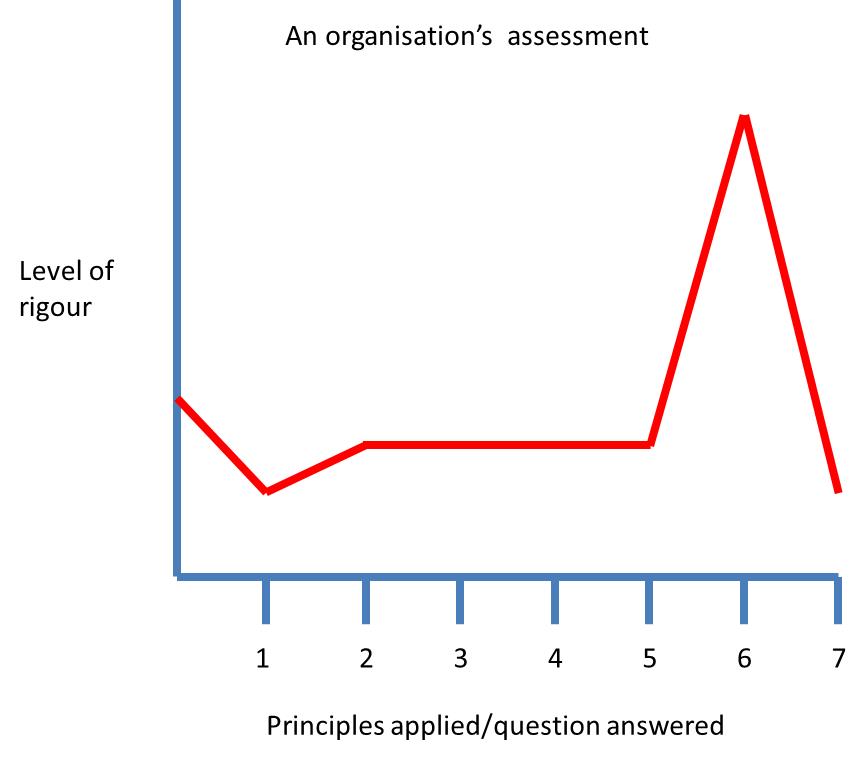
Posted 13th January 2014
One way or another…
Jeremy Nicholls 13th January 2014
The SROI Network is continuing to grow. There are now nearly 900 members in over 40 countries. There are 8 national SROI networks, from Japan to the UK as part of the international network. Guidance is available in five languages and being translated into a further three this year.
Despite this growth and the growing recognition of the importance of social and environmental issues, there is still nervousness about having one way of measuring social impact. It is true that there are many social impacts which may need different ways of being measured but this is not the same as there being many ways of deciding which impacts should be measured.
Over the last few years of working on social return on investment, I haven’t seen any approaches which bring more than SROI, although there are many approaches which do less. SROI is based on 7 principles which ensure that anyone accounting for and reporting on their impact can answer a number of questions:
Who has changed?
How have they changed?
How much change was there?
What would have happened anyway?
Did anyone else contribute to the changes?
Which changes are important enough to manage and account for?
How valuable are the changes to those who changed?
How much credibility does the analysis have?
Who answered these questions?
Answering these questions is fundamental to an account of social impact. Some approaches answer some of these questions but not all. If any are being missed then there is a higher risk that the information on impact is incorrect.
But I do see a wide range in the level of rigour being applied in answering these questions
How much rigour is needed depends on the people who are going to use the information on social impact. If the information is going to be used to make or influence decisions, and there seems to be little point in accounting for and analysing impact unless the information is going to be used then the more rigour the less risk that the conclusion will be incorrect although sometimes the more time and resource that is required.
The SROI Network provides an assurance framework which seeks to ensure that all these questions are being answered at comparable levels of rigour and at a level which shows that the principles are understood.

Some methods answer some questions at a higher level of rigour but don’t answer other questions at all. Some audiences want a high level of rigour for one question but are less concerned about the others, for example where a high level of rigour in answering “what would have happened anyway” has led to the use of randomised control trials even though the change being examined has been decided on without any stakeholder involvement. This is not that uncommon and could mean that a great deal of time and energy is being spent on assessing an outcome which is either not the material outcome arising from the activity and or is not of any real value to stakeholders compared to other outcomes that are being experienced.

Most organisations are doing something and sometimes a lot of work on a particular question but when they do a quick self-analysis discover that they are doing much less or none on some of the other questions. This is a good guide on where to improve practice since there is always a temptation to get even better in an area where an organisation is already good.

It may not be appropriate or possible for an organisation to answer all of these questions but organisations should be aware of the risks of not answering them and should plan to address them over time.
If the information is going to be used to make different decisions on allocating resources then it needs to be credible to those that are going to use it and our experience is that people always come back to these questions and understanding how they have been answered before they are happy to use the information.
All these questions need answering, but if there is a place to start then it’s on understanding who changes and how they change and ensuring that those affected are involved in reaching this understanding.
